The error that turns out to be right: ’Ametria’ at the Benaki Museum, Athens
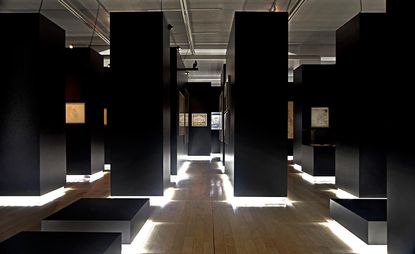
There’s something of the twisted genius at work in 'Ametria', the fascinating exhibition currently on show at the Benaki Museum in Athens. Perhaps unsurprisingly, the genesis of the idea came from the almost unclassifiable Italian artist Roberto Cuoghi – arguably most famous for a seven-year-long performance piece that saw the artist, then in his mid-20s, alter his physical appearance, his daily routine and almost his entire lifestyle to (convincingly) resemble his middle-aged father. Appearances can be deceptive.
Set in a dark, maze-like display area of looming pillars that map out a linear (but disorientating) space, the exhibition is a collaboration between the museum and the Deste Foundation, combining works from both collections. At first glance, the show could be a straightforward chronology of a civilisation’s evolution, but deeper immersion sends the viewer on a strange journey.
'Ametria' is defined as an expression of a purposeless drive; the rejection of an overall vision; the error that turns out to be right. And so the exhibition begins by presenting various beautifully drafted antique maps of Athens; maps that visibly display the signs of centuries of wear, along with the ideas and ambitions of generations of cartographers and civic planners. (The exhibition map, echoing the display space, seems deliberately confusing, so the viewer struggles to work out what exactly they are looking at since the walls are free of labels. Numerous visitors seemed lost within minutes of entering the show and could be seen closely studying their maps, like tourists lost in a new city.)
The walls of the exhibition space soon close in and different avenues of works appear, leaving the viewer unsure which way to head. Unexpected pieces begin to sneak into the mix. A 1960s proposal for improving the streets of Copenhagen, diagrams of ‘human energy’ in a city and then more contemporary, loaded works appear – Peter Nagy’s cryptic faux histories, Dominic McGill’s politically charged and nightmarish pencil drawings. The initially subtle juxtapositions gradually become more pronounced until, in the space of ten minutes, the viewer has been led from plans of ancient cities to the apocalyptic visions of artists such as Dionisis Kavallieratos and Ralf Ziervogel. These strange associations and sequences work – the ancient and new pieces sparking off one another and suggesting alternative histories (civilised or otherwise).
Nearly all of the work in the exhibition possesses a conspicuous intensity – almost hallucinatory in places, as with Dominic McGill's, Jakub Julian Ziolkowski's or Matt Leines’ work – but every so often the space unexpectedly opens up to reveal an area devoid of any art, in which to gather your thoughts. At one point, a simple, large gold panel provides a reflective contrast to the darker work; at another the walls split to reveal two gigantic floor-to-ceiling columns of solidified melted chocolate, by the American artist Terence Koh. The sweet smell of chocolate lingers in the air as, around the corner, the self-regarding skeleton of Urs Fischer’s Skinny Afternoon gazes at its reflection in a vanity table.
The curators who have realised Cuoghi’s idea have picked an incredibly powerful selection of work, one that shows the deep power of both establishments’ collections. With over 150 works shown in this bold way, unexpected and unforeseen connections appear and the ‘purposeless drive’ presents a dark and absorbing alternative path.

The show is set in a dark, maze-like display area of looming pillars that map out a linear – but disorientating – space
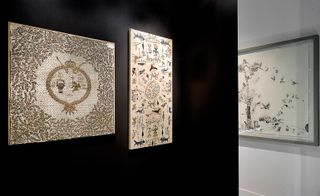
The exhibition is a collaboration between the museum and the Deste Foundation, combining works from both collections
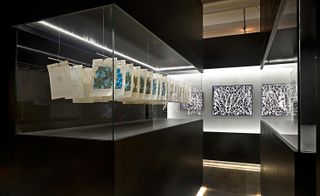
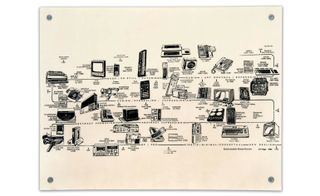
Peter Nagy, Entertainment Erases History, 1983
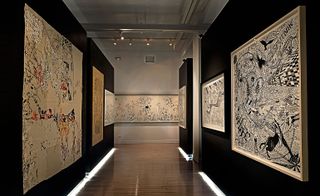
The viewer struggles to work out what exactly they are looking at since the walls are free of labels

Dominic McGill, Power Comes Through the Barrel of a Gun, 2007

'Ametria' is defined as an expression of a purposeless drive – the rejection of an overall vision
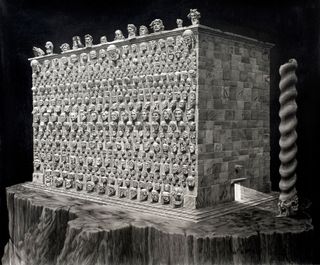
Dionisis Kavallieratos, The Old Bordello on the Hill of Sold Souls #8
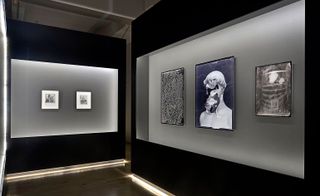
The initial subtle juxtapositions of the work gradually become more pronounced, segueing from the ancient to the apocalyptic
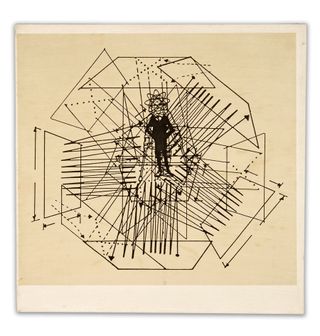
Peter Nagy, Hypocrite Sublime

Panos Koutrouboussis, The Stranger In The Room

Urs Fischer, Skinny Afternoon, 2003
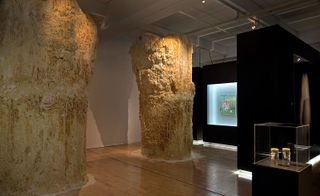
Terence Koh, Untitled (Chocolate Mountains), 2006

The ancient and new pieces spark off one another and suggest alternative histories
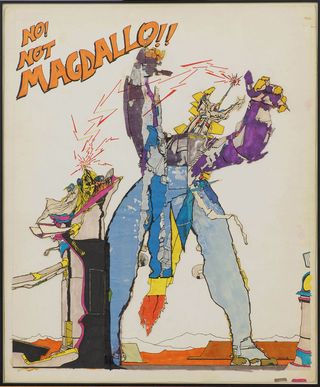
Panos Koutrouboussis, No! Not Magdallo!!
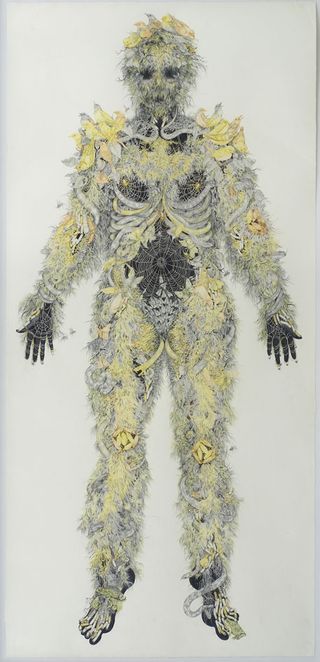
Aurel Schmidt, Supernatural, 2008
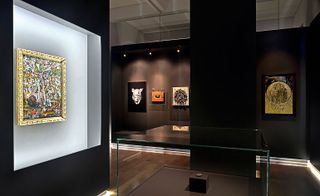
The curators' work reveals the deep power of both the Benaki's and the Deste Foundation's collections

Much of the work possesses an almost hallucinatory intensity
ADDRESS
Benaki Museum
138 Pieros Street Annexe
Athens
Greece
Wallpaper* Newsletter
Receive our daily digest of inspiration, escapism and design stories from around the world direct to your inbox
-
 Riva El-Iseo is the legendary boat builder’s first fully-electric motor yacht
Riva El-Iseo is the legendary boat builder’s first fully-electric motor yachtThe Riva El-Iseo electric speedboat blends classic Italian lines with a silent, powerful and zero-emission powertrain
By Jonathan Bell Published
-
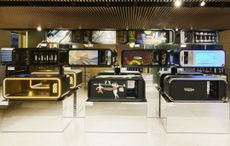 Technogym Home Bench 40 ways: designers interpret the home exercise classic
Technogym Home Bench 40 ways: designers interpret the home exercise classicTechnogym marks its 40 anniversary with 40 special editions of its Home Bench created in collaboration with international creatives
By Rosa Bertoli Published
-
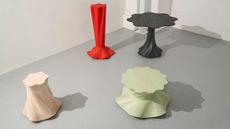 AHEC presents new works in American maple as part of the Wallpaper* Class of ’24
AHEC presents new works in American maple as part of the Wallpaper* Class of ’24The American Hardwood Export Council takes part in the Wallpaper* Class of ’24 exhibition at Triennale Milano during Salone del Mobile (16-21 April 2024), presenting new pieces by Parti and Giles Tettey Nartey in American hard maple
By Rosa Bertoli Published
-
 Last chance to see: Rolex Arts Festival exhibition in Athens
Last chance to see: Rolex Arts Festival exhibition in AthensFollowing a week of dynamic festivities to mark 20 years of the Rolex Mentors & Protégés programme, it’s the last chance to see the festival’s exhibition at the National Museum of Contemporary Art Αthens, until 4 June 2023
By Bill Prince Published
-
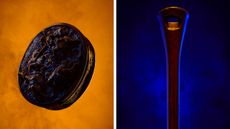 Royal College of Physicians Museum presents its archives in a glowing new light
Royal College of Physicians Museum presents its archives in a glowing new lightLondon photography exhibition ‘Unfamiliar’, at the Royal College of Physicians Museum (23 January – 28 July 2023), presents clinical tools as you’ve never seen them before
By Martha Elliott Published
-
 Museum of Sex to open Miami outpost in spring 2023
Museum of Sex to open Miami outpost in spring 2023The Museum of Sex will expand with a new Miami outpost in spring 2023, housed in a former warehouse reimagined by Snøhetta and inaugurated with an exhibition by Hajime Sorayama
By Harriet Lloyd-Smith Published
-
 Jenny Holzer curates Louise Bourgeois: ‘She was infinite’
Jenny Holzer curates Louise Bourgeois: ‘She was infinite’The inimitable work of Louise Bourgeois is seen through the eyes of Jenny Holzer in this potent meeting of minds at Kunstmuseum Basel
By Amah-Rose Abrams Published
-
 ‘A Show About Nothing’: group exhibition in Hangzhou celebrates emptiness
‘A Show About Nothing’: group exhibition in Hangzhou celebrates emptinessThe inaugural exhibition at new Hangzhou cultural centre By Art Matters explores ‘nothingness’ through 30 local and international artists, including Maurizio Cattelan, Ghislaine Leung, Hiroshi Sugimoto, Liu Guoqiang and Yoko Ono
By Yoko Choy Last updated
-
 Three days in Doha: art, sport, desert, heat
Three days in Doha: art, sport, desert, heatIn our three-day Doha diary, we record the fruits of Qatar’s cultural transformation, which involved Jeff Koons, a glass palace of books, and a desert sunset on Richard Serra
By Harriet Lloyd-Smith Last updated
-
 Hong Kong’s M+ Museum to open with six thematic shows
Hong Kong’s M+ Museum to open with six thematic showsAsia’s first global museum of contemporary visual culture will open on 12 November in Hong Kong’s West Kowloon Cultural District, with six themed shows spanning art, design and architecture
By Harriet Lloyd-Smith Last updated
-
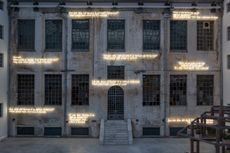 Former tobacco factory sets Athens' radical art scene alight
Former tobacco factory sets Athens' radical art scene alightAmbitious group show ‘Portals’ transforms Athens’ historic Public Tobacco Factory into a platform for international contemporary art, including new work by Glenn Ligon, Teresa Margolles and Danh Vō
By Harriet Lloyd-Smith Last updated